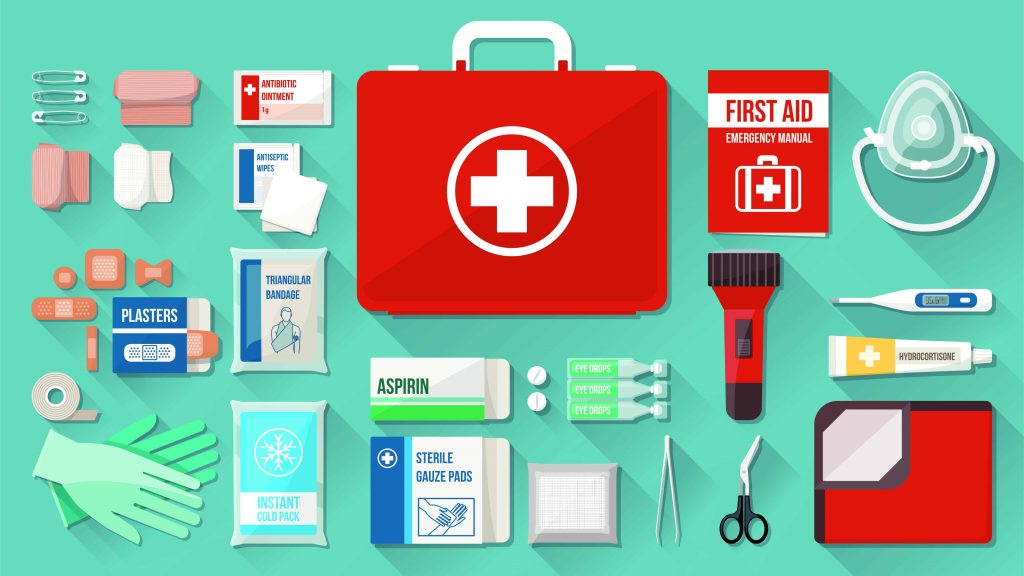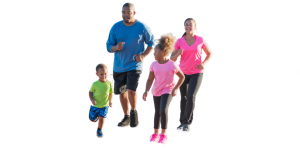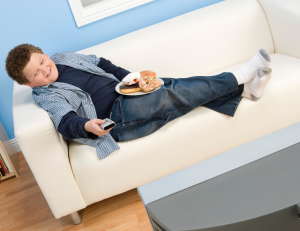You can’t always prevent your child from getting hurt, but you can be prepared. Start preparing from the moment your child is born. Make a list of conditions or allergies your child has and medications and supplements they are taking – including dosage and frequency. Attach it to their immunisation record and keep a copy in your handbag. Also, keep a copy on your phone. In an emergency, these details could influence the medical treatment your child receives.
Here are first aid tips for treating children and some of the most common injuries:
A BUMP ON THE HEAD
Wrap an ice pack in a thin towel and hold it against the area to reduce swelling. You can also offer paracetamol for pain if your child seems like his usual self, and there is no change in behaviour. Most young children will need some rest after even a minor head injury.
Don’t give ibuprofen to a child with a head injury as the drug might increase bleeding, which can be dangerous when there’s the potential risk (even if it’s a super-slight one) of a brain injury.
Get help if you’re concerned about your child’s behaviour—take him to the doctor or the emergency room to have him examined. Call the emergency service if your child is unconscious for any length of time. The same rule applies if he experiences persistent nausea or vomiting, double or blurred vision, numbness or tingling in an extremity, or confusion or dizziness. Once you get to the hospital, a doctor will make sure that there’s no swelling or bleeding in the brain and evaluate your child for a possible concussion.
WHAT TO DO FOR A NOSEBLEED
Let your child tilt her head forward slightly, and then use a towel or a wad of tissue to pinch her nose tightly just below the nasal bone. Hold this position for ten to 15 minutes to try to stop the bleeding. An hour or so after the nosebleed stops and a clot forms, you can dab Vaseline on the inside of the nostril to keep it moist.
Don’t allow your child to lean back. If she does, blood could go down her throat and into her stomach, which can make her throw up. Discourage her from blowing her nose for several hours, as even a short, gentle blow can trigger the bleeding again. Don’t stuff tissue or cotton up her nostril either.
Get help if the bleeding doesn’t stop within 30 minutes or if your kid’s nose looks out of place and you suspect that it’s broken.
CARE FOR A BURN
Hold the area under a cool tap for ten to 15 minutes to cool the skin, ease pain, and halt inflammation. For the next 24 to 48 hours, you can repeat this process as much as needed or substitute ice wrapped in a towel. Next, apply an antibiotic ointment to soothe the burn and help skin cells regenerate. If you think your child is still in pain, you can also give him paracetamol. If a blister forms, let it be – that bubble is a barrier that helps prevent infection. Once the blister pops on its own, apply an antibiotic ointment and a clean bandage.
Don’t use vitamin E or butter—both of these can be irritating. And never place ice directly on a burn; doing so can cause tissue damage.
Get help if your child’s skin looks very angry, splotchy, wet, or waxy, or if he can’t move it. He may have a severe burn that requires prompt medical attention. You should also go straight to the ER if he has any chemical burn (bleach or drain cleaner); if a burn is the size of his palm or larger; if it’s on his face, ears, hands, genitals, or feet; or if it extends around his wrist or the circumference of another extremity.
HOW TO TREAT A BAD CUT
Flush the wound with tap water and soap, dab on an antibiotic ointment, and put on a bandage. If you see blood through the dressing, then apply direct pressure for 15 minutes and elevate the injured area above the heart to stop the bleeding.
Don’t clean a bad cut with alcohol, hydrogen peroxide, or an antiseptic such as Betadine. Alcohol stings like mad and hydrogen peroxide, and Betadine can damage skin, preventing healing.
Get help if a wound is large, gaping, or gushing blood. Your child might need stitches, so head to your doctor’s rooms for urgent treatment. Go to the ER if you see deep tissues, ligaments, or bone; if you can’t stop the bleeding within 15 minutes; or if you think there might be a foreign body embedded. Don’t wait too long – if the cut is open for more than 24 hours; doctors will generally not glue or suture it because then there’s a higher risk of infection. Instead, most doctors will clean, dress, and bandage the wound; this is a safe route to healing, though it can cause slightly more scarring.
TWISTED ANKLE
Let your child sit down and elevate her injured ankle above the level of her heart with an ice pack draped over it. Over the next 48 hours, continue to apply ice to the area for 15 minutes every hour. Ibuprofen can also help reduce pain and swelling.
Don’t apply a heating pad or let her soak her foot in a warm tub for the first 48 hours. Heat can increase swelling and pain.
Get help if your child can’t bear weight on the injured ankle or if it looks deformed. Go to the ER as these are signs that it may be broken or dislocated rather than just sprained (when the ligaments are severely stretched).
IF YOUR CHILD IS CHOKING
Keep talking. If your child can answer you with simple sounds, his airway is clear. If he can’t respond, get someone to call the emergency service or dial it yourself and put the phone on speaker. Then do the Heimlich manoeuvre: Wrap your arms around your child’s waist, make a fist, and place the thumb side of your fist against his upper abdomen (just below his rib cage). Now grasp your fist with your other hand and perform quick, upward thrusts until the item is expelled. If your child is a baby or a toddler, pick him up, turn him facedown, and then use the heel of your hand to deliver firm back blows between his shoulder blades.
Don’t respond aggressively. If your child is coughing but can talk, let him cough up the item. Resist the urge to put your fingers in his mouth or down his throat.
Get help if his breathing seems strange, or he can’t speak normally after the episode. Always call the emergency service if your child becomes unresponsive.
Sources:
Dr Seth Podolsky, Chief Medical Officer for Ambulatory and Integration at Banner Health, Phoenix, Arizona
Dr Ethan S. Wiener, Clinical Associate Professor, Ronald O. Perelman Department of Emergency Medicine at NYU Grossman School of Medicine
Dr Christopher Hogrefe, Clinical Associate Professor of Emergency Medicine at the University of Iowa Carver College of Medicine, Iowa City
Dr Mark Morocco, Clinical Professor of Emergency Medicine at the Ronald Reagan UCLA Medical Centre












